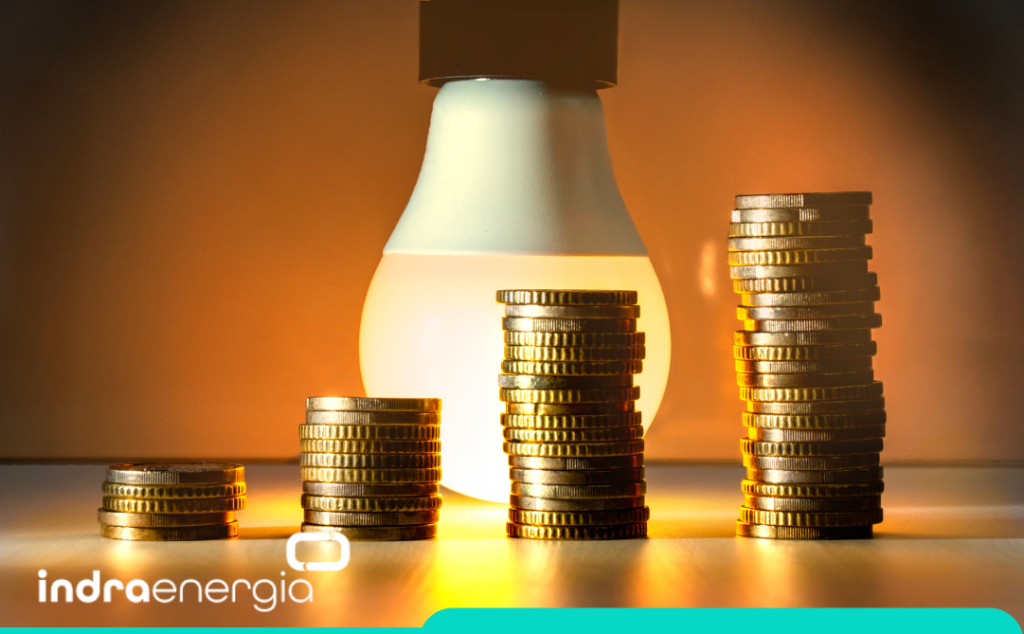
Why Brazil´s electricity prices are likely to rise
Electricity prices in Brazil´s free market are likely to rise towards the end of 2024 or during 2025, Ingrid Santos, CEO of energy trader Indra Energia, told BNamericas.
Santo’s prediction stems from the relatively poor rainfall in January and so far in February, especially compared to the last two years, affecting hidroeletric generation.
“When it doesn’t rain much in January or February, it’s difficult for March to be very good. We’ll then depend on the performance of the wet periods in the south and southeast regions, which occur in the middle and end of the year, respectively,” said Santos.
The most important thing for Brazil’s hydrology is the volume of rainfall in the southeastern reservoirs, which account for around 70% of the country’s total hydraulic storage capacity.
Santos recommends that consumers take advantage of the current window of opportunity to contract energy at a relatively low price.
“Since December, the price of energy has risen by 80 reais/MWh [US$16/MWh], and our discounts have already fallen from 40% to 25%” she said.
Consultancy TR Soluções predicts that residential electricity rates in the regulates market are expected to rise by an average of 7.61% this year.
The hike can be explained by increases of 27% in the reserve energy tariff, 13% in the energy development account (CDE) and 15% in basic grid costs.
Supply And Demand
Despite the prospect of worsening hydrology, Brazil will continue to enjoy a comfortable energy supply situation.
That is due to the large installed capacity of renewable sources connected and interconnected to the national electricity system, both in terms of centralizes and distributed generation.
“Given this, I see no reason to hold new energy auctions”, said Santos.
She added that what could eventually justify new auctions would be a policy to encourage new sources such as offshore wind or green hydrogen.
R&D
Indra is currently developing a green hydrogen pilot project in partnership with educational establishment Instituto Federal do Ceará.
The idea is to use solar panels that are already at the end of their useful life to generate the fuel using photocatalysis based on biomass waste.
“Within a year, we expect to have an MVP [minimum viable product] for generating hydrogen via photocatalysis and try to commercialize this technology”, added Santos.



